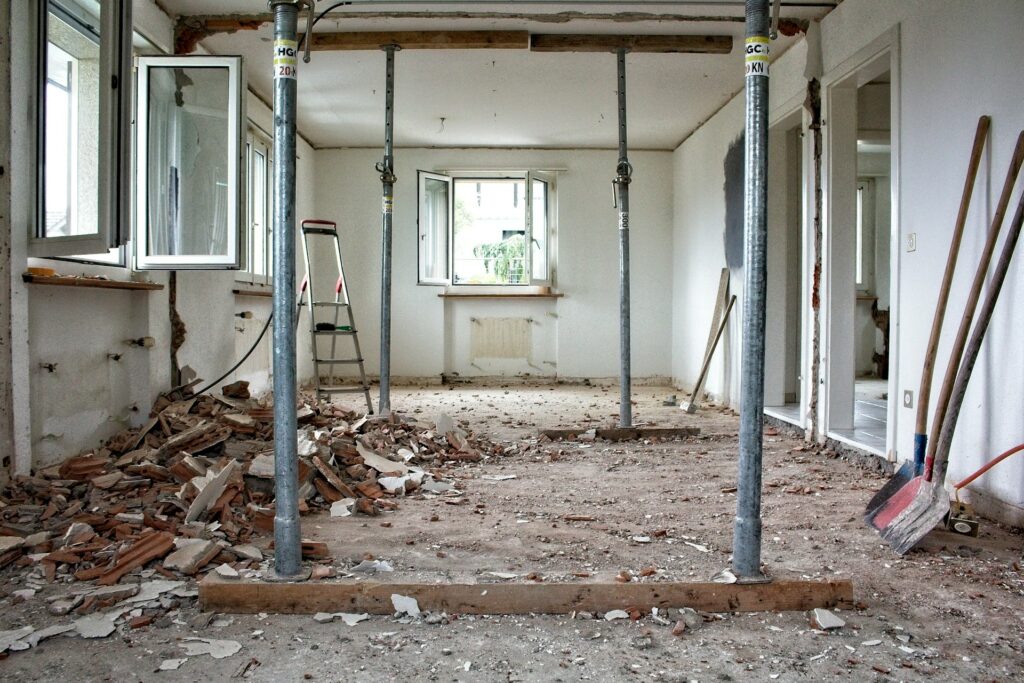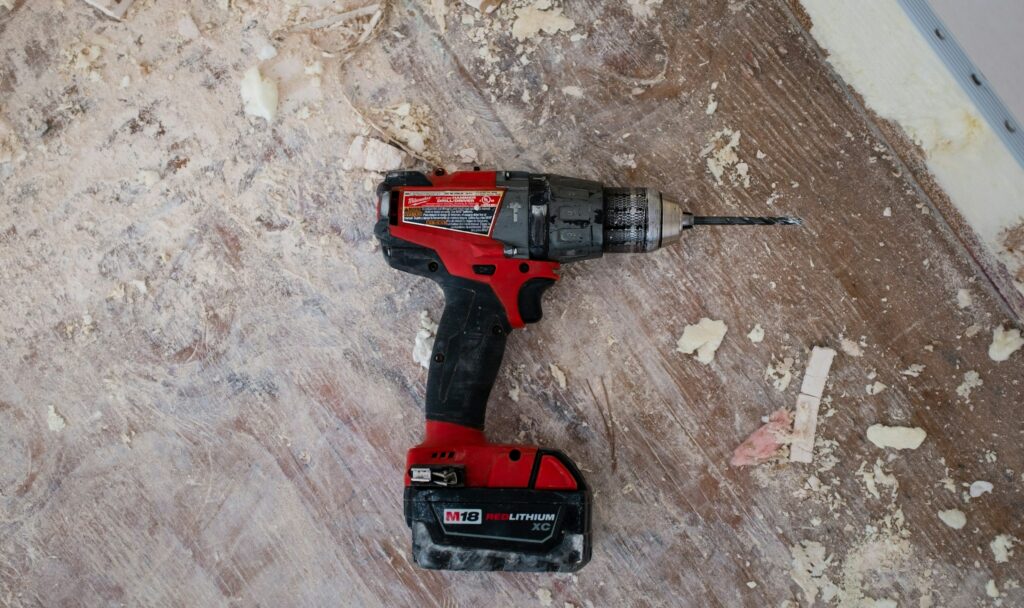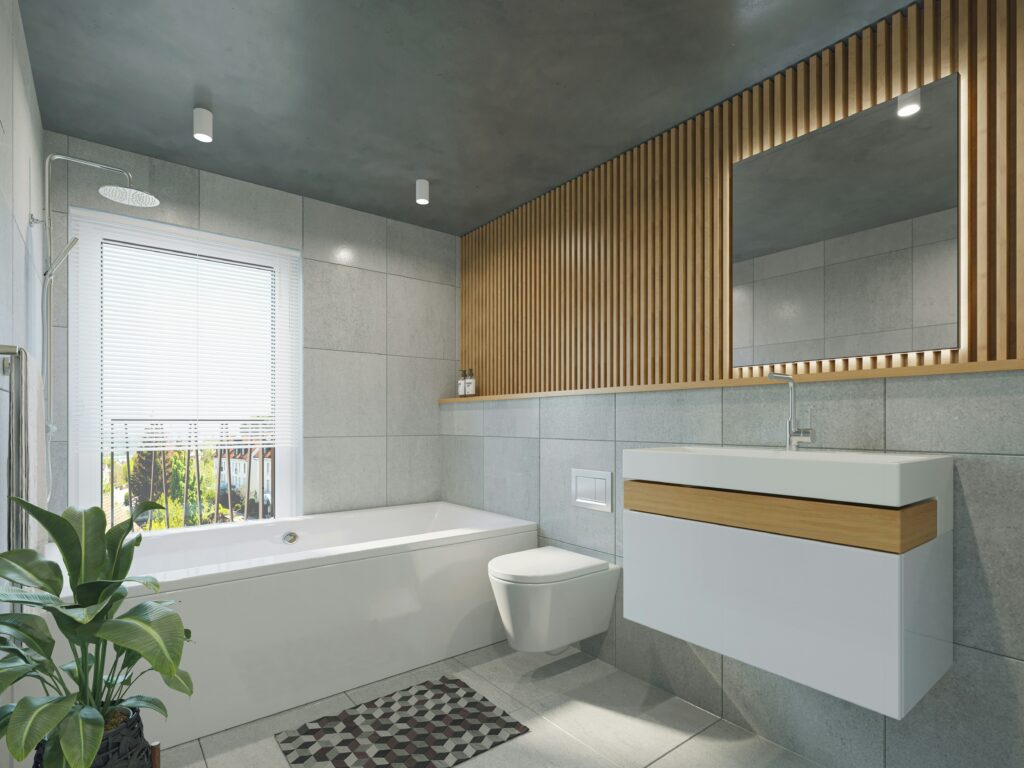Generally speaking, it is unlikely that a lease will specify that the landlord should instruct a surveyor to physically visitthe site as part of the process of preparing a licence to alter. The job of the landlord’s surveyor is not, typically, to overseethe leaseholder’s works. It is to review the works the leaseholder is proposing to undertake and then to make recommendations about whether licence should be granted and if so under what conditions. In most cases, this can be done at the surveyor’s desk, which is clearly much quicker and allows a surveyor to review more cases in less time.
A good rule of thumb is that relatively simple and inexpensive works like replacing carpeting with a hard floor finish or fitting an en suite bathroom are suited to the ‘desktop’ licence process. In contrast, more extensive works costing hundreds of thousands or even millions of pounds, will usually require a series of site visits to ensure all the matters are fully understood and taken into account.
In between the two extremes, a surveyor is best placed to judge whether a visit is required or the desktop process will be adequate. And, of course, a thorough desktop process will sometimes lead to a visit if the surveyor identifies complications in the course of their investigations, or once the works have begun. For instance, the leaseholder’s builders might accidentally damage a structural wall, or cause cracking to a neighbouring apartment, or fail to cap off a water pipe in the leaseholder’s flat so that water escapes and causes damage to properties below. In cases like those, the surveyor may deem it necessary to visit the site, so that possibility should be included in the terms and conditions of engagement, including associated costs per hour.
In most simple licence to alter cases however, the desktop process is more than adequate.
The landlord’s surveyor will obtain all the plans, including details of methods and materials etc, from the leaseholder’s surveyor in electronic format. They will then scrutinise these to identify any issues and report accordingly to the landlord. Then the licence can be drawn up and in due course the works can commence, typically without the need for a site visit at all.
How we can help
The Licence to Alter team at Earl Kendrick is ready to help property managers and landlords deal with applications from leaseholders – or indeed to guide leaseholders in their own applications. Please feel free to contact us on enquiries@licencetoalter.com.



